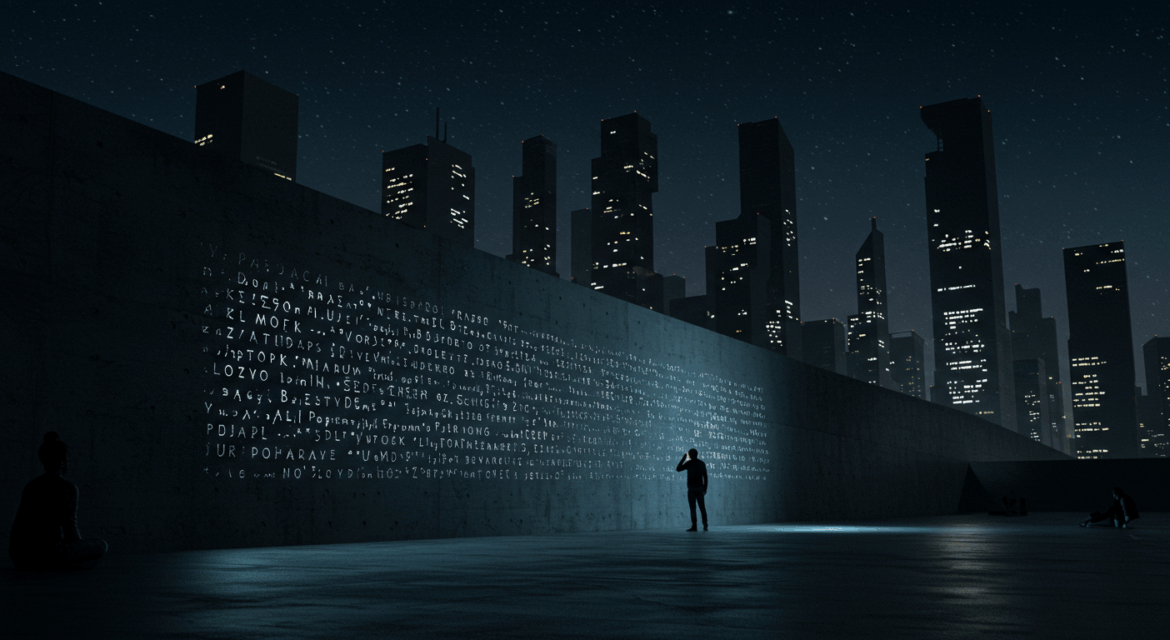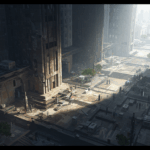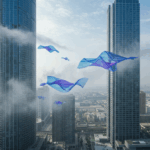Amid the rush of cars and neon lights, cities pass by us as if they were mere silent backdrops to our daily lives. But if you paused for a moment… have you ever heard what they say to you?
Cities don’t scream — but they sigh. Beneath our feet, asphalt cracks under summer heat; beneath sewer pipes, small rivers that were once sources of life now suffocate. We build, expand, pave — yet we forget to ask: Is this truly what residents need?
In a district of the capital, there was an intersection locally known as “Valley of Tears” — not due to a tragic accident, but because it swallowed hours of people’s lives every day. The engineers who studied the site didn’t just look at traffic flow — they looked at the lives of the humans behind steering wheels: employees running late, mothers rushing to their children, youth seeking opportunities. The new design wasn’t merely about smart signals or bridges — it was a reordering of a daily story.
There, in Fujairah, where mountains meet the sea, a mountain road was designed not to defy nature, but to dance with it. Its curves followed the terrain’s contours; its drains mirrored the paths of ancient valleys. The project wasn’t just an engineering feat — it was an acknowledgment of the land’s own voice.
Smart cities aren’t just cameras and LED lights. They are places that understand infrastructure isn’t pipes and concrete — it’s veins of life. When we design a road, we’re not just connecting two dots on a map — we’re creating passages for people’s lives, dreams, routines, and opportunities.
And in a quiet corner of Ras Al Khaimah, where a new phase of internal roads began, the focus wasn’t on speed or capacity — but on “quietness” — quiet traffic at night, quiet neighborhoods undisturbed by truck noise. Because true sustainability isn’t about the energy we save, but the peace we restore to people.
Cities speak. The question is: Who has the ear to hear them? And who has the pen to write their reply?






